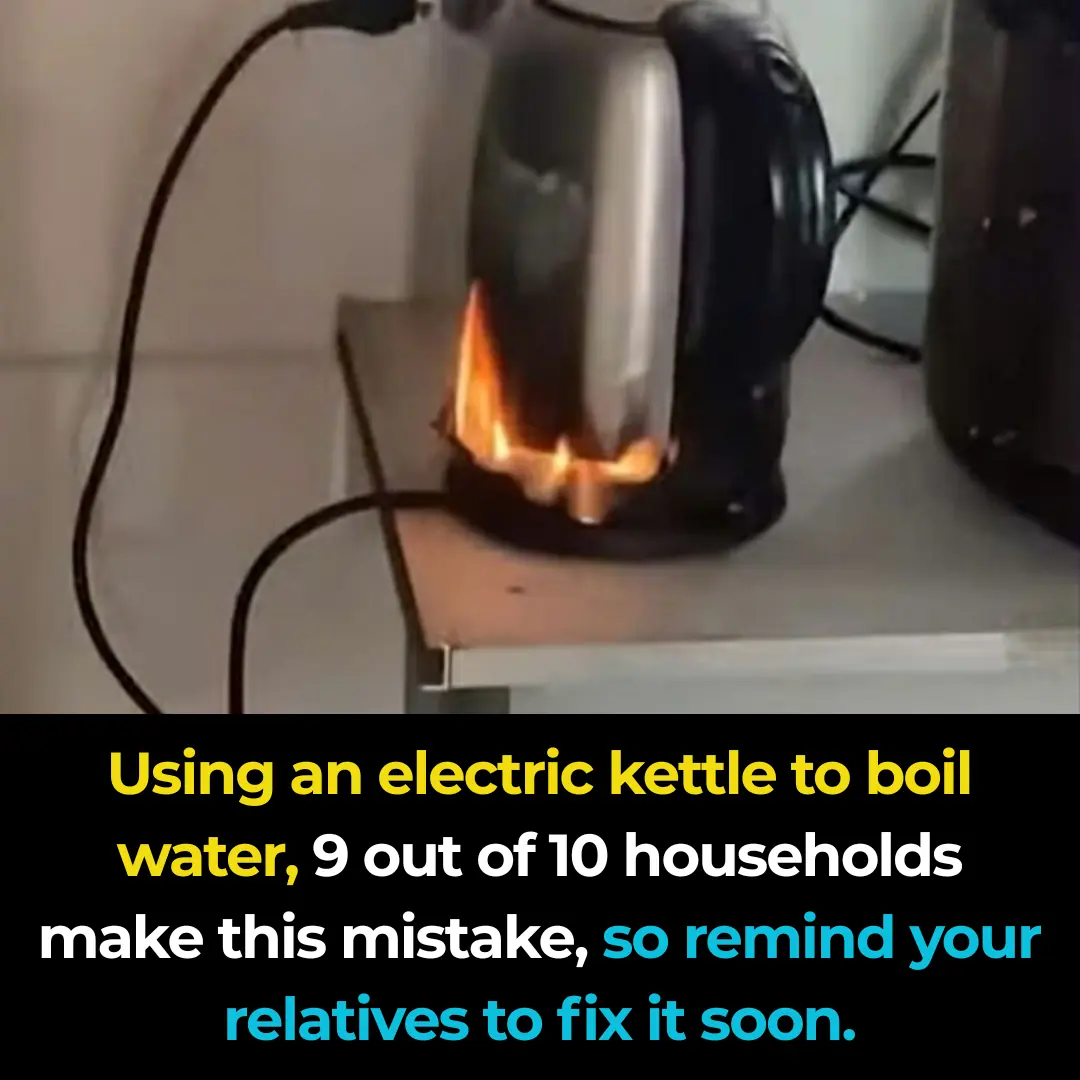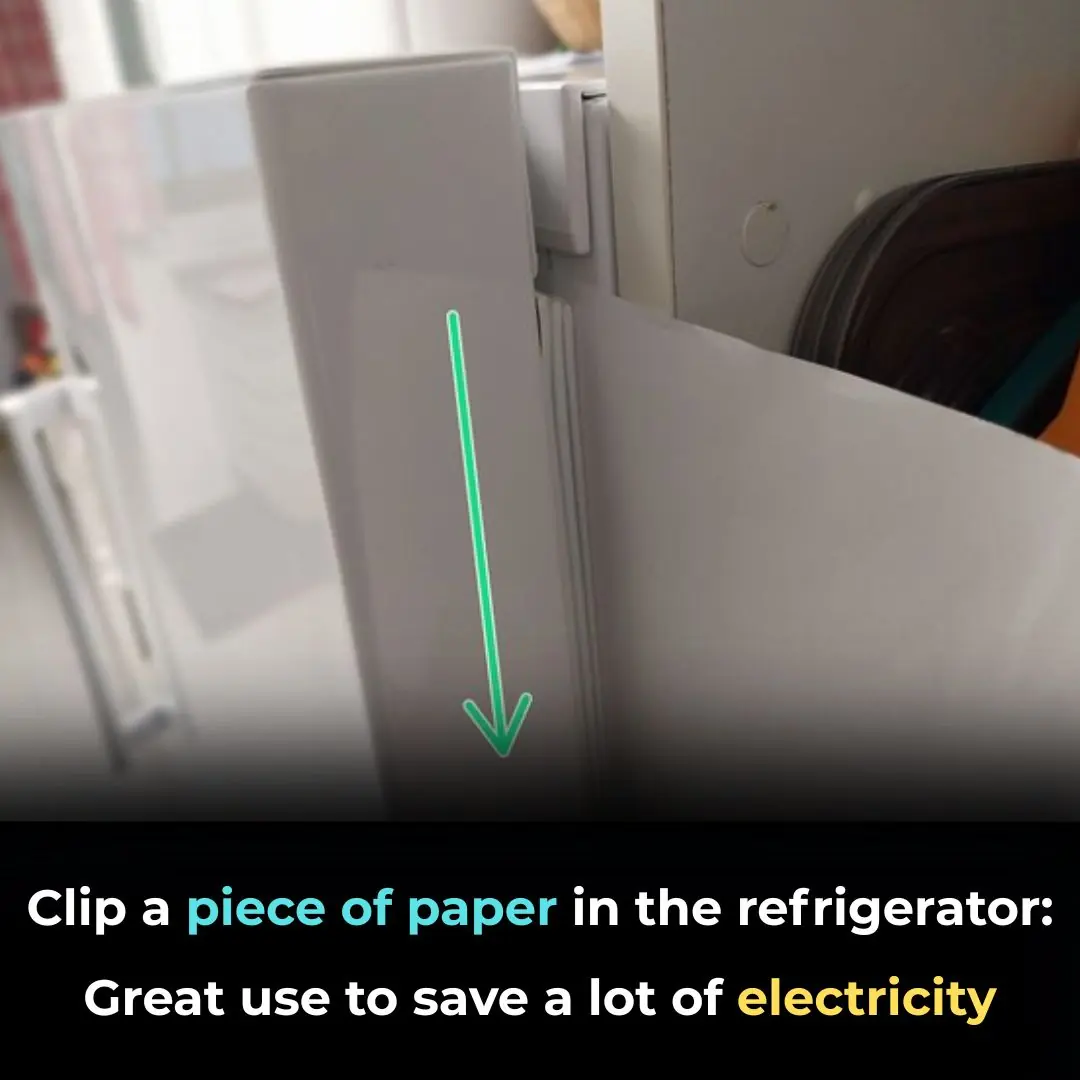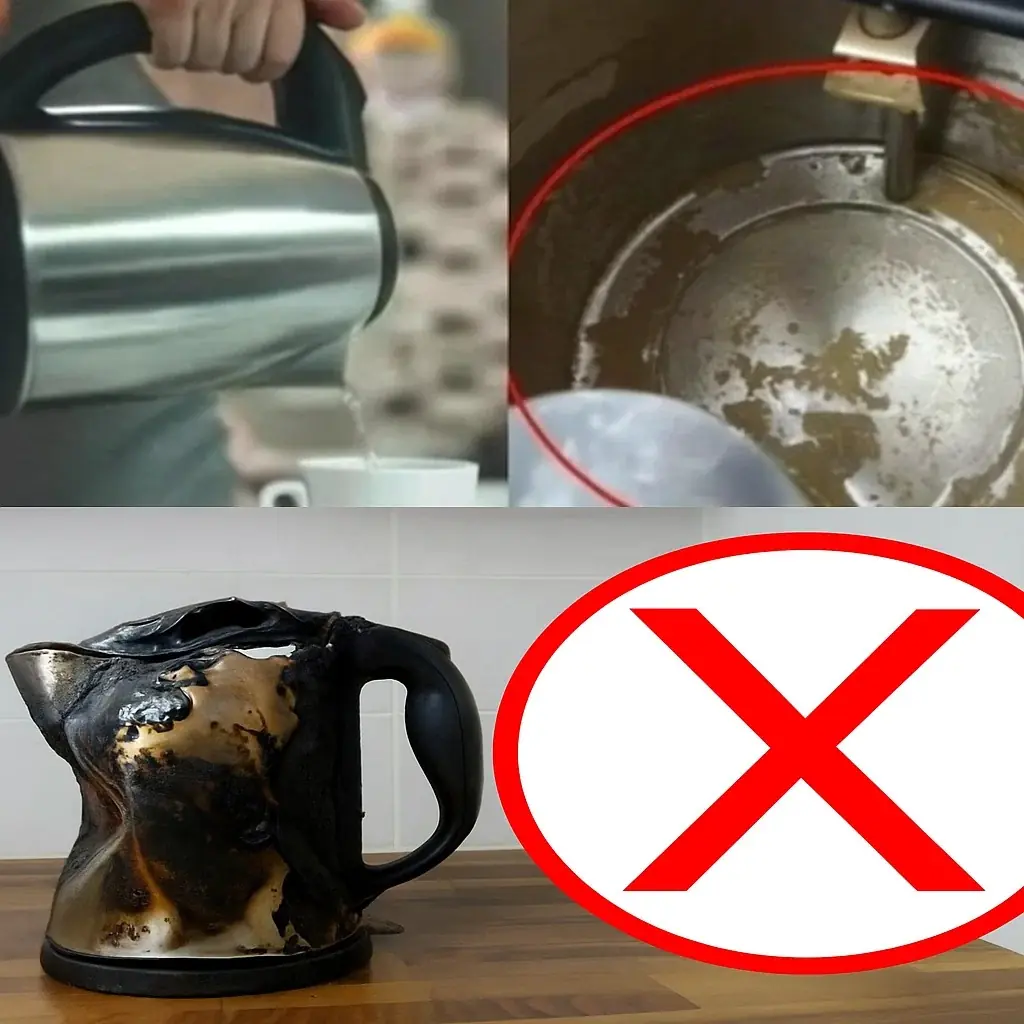Top Power-Hungry Devices at Home: Unplug to Save Electricity
Many people believe that air conditioners are the biggest electricity consumers in the home, but in reality, these devices also significantly increase your electricity bill.
1. Induction and Electric Stoves
In modern times, induction and electric stoves are common appliances found in every household. However, they are also very power-hungry, even though they are safer than gas stoves, which pose a fire hazard. After using an induction or electric stove, it’s advisable to unplug it to ensure safety and save electricity. Experts say that if you leave the stove plugged in all day, even when not in use, it can consume 85-95 kWh per month for a single stove, and 170-190 kWh for a double stove. The exact consumption depends on the power and type of stove. Therefore, it’s a simple but effective measure to unplug after use.
2. Water Heaters
Water heaters are essential during cold weather, especially in the winter months, and are commonly used in many households, particularly in Northern Vietnam. Most families use 30-liter water heaters, enough for 2-4 people. These can consume more electricity than an air conditioner. Households that use the heater just before use, typically for about an hour a day, can consume around 70-80 kWh. However, if used continuously, electricity consumption can reach 230-340 kWh per month. Therefore, after using the water heater, it’s best to turn off the circuit breaker, and if it’s still plugged in, unplug it to ensure safety and reduce electricity consumption.
3. Hot/Cold Water Dispensers
Many modern households use hot/cold water dispensers instead of kettles. These dispensers are convenient for hot water in the winter and cold water in the summer. They are particularly useful for those who drink tea, coffee, or instant noodles. However, to maintain the desired temperatures, the dispenser consumes between 700-1,200 watts depending on the model. If used continuously and consuming around 6-8 liters of hot water daily, the dispenser can consume 40-100 kWh per month. To save electricity and prevent potential hazards, unplug the water dispenser at night.
4. Clothes Dryers
During the rainy and humid seasons, especially in Northern Vietnam, most families rely on clothes dryers to dry clothes. However, clothes dryers are another device that consumes a significant amount of electricity. Popular models, such as vented or condenser dryers with an 8 kg capacity, use 75-140 kWh per month if used daily for 1-2 hours. Higher-end dryers, like heat pump models, consume less energy.
5. Desktop Computers
Both laptops and desktop computers are widely used in many households, with a typical power consumption of around 35-450 W. Some higher-performance models may use up to 1,000 W. On average, desktop computers consume about 70 kWh per month, according to EVN. After use, it’s recommended to unplug the computer to save electricity.
6. Televisions
Televisions are a common household device, often found in living rooms, and many homes also have separate TVs in bedrooms for convenience. However, TVs consume a lot of electricity as they tend to operate continuously for 24 hours a day. Therefore, if you're not using the TV, it's a good idea to unplug it to save electricity and ensure safety.
Conclusion:
To reduce electricity costs and increase safety, it’s important to unplug power-hungry devices like induction stoves, water heaters, clothes dryers, and televisions after use. Adopting this simple habit will help lower your electricity bill and contribute to energy conservation.

































